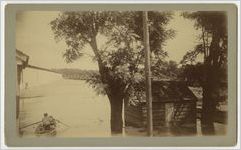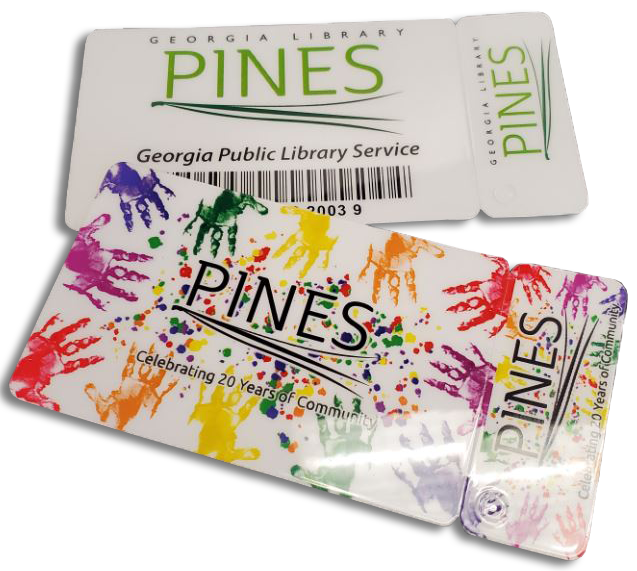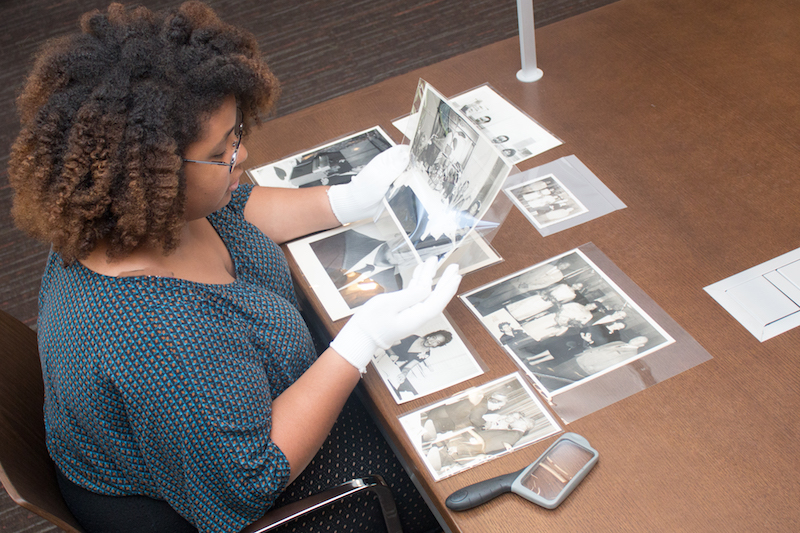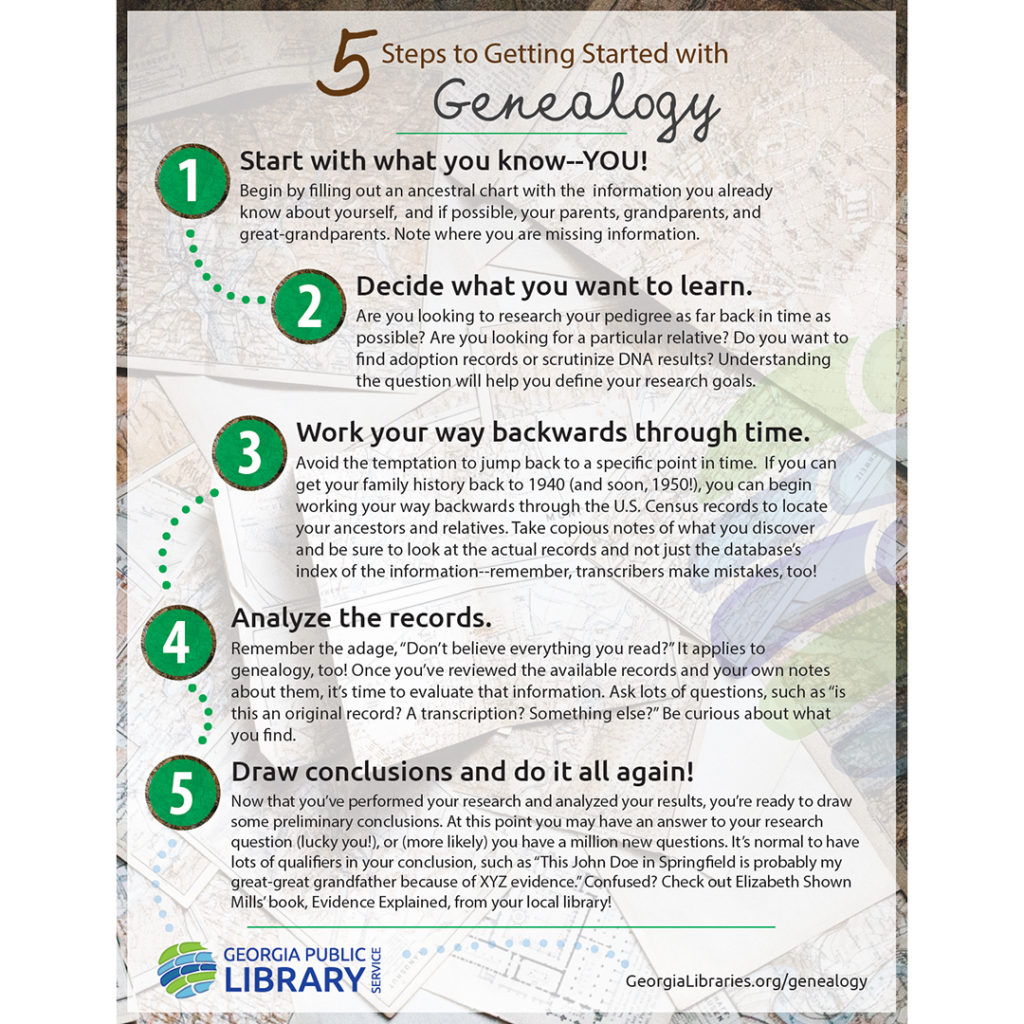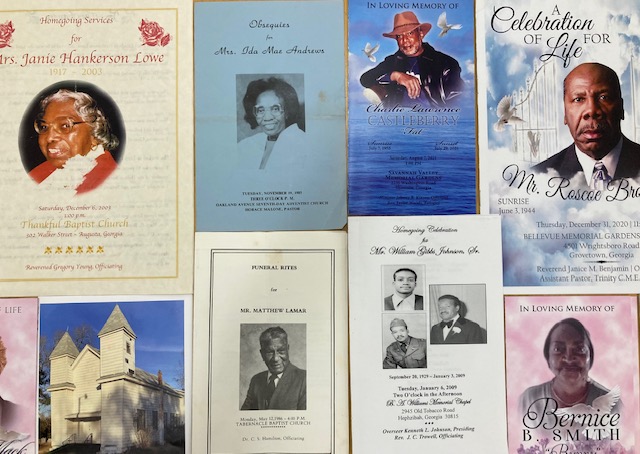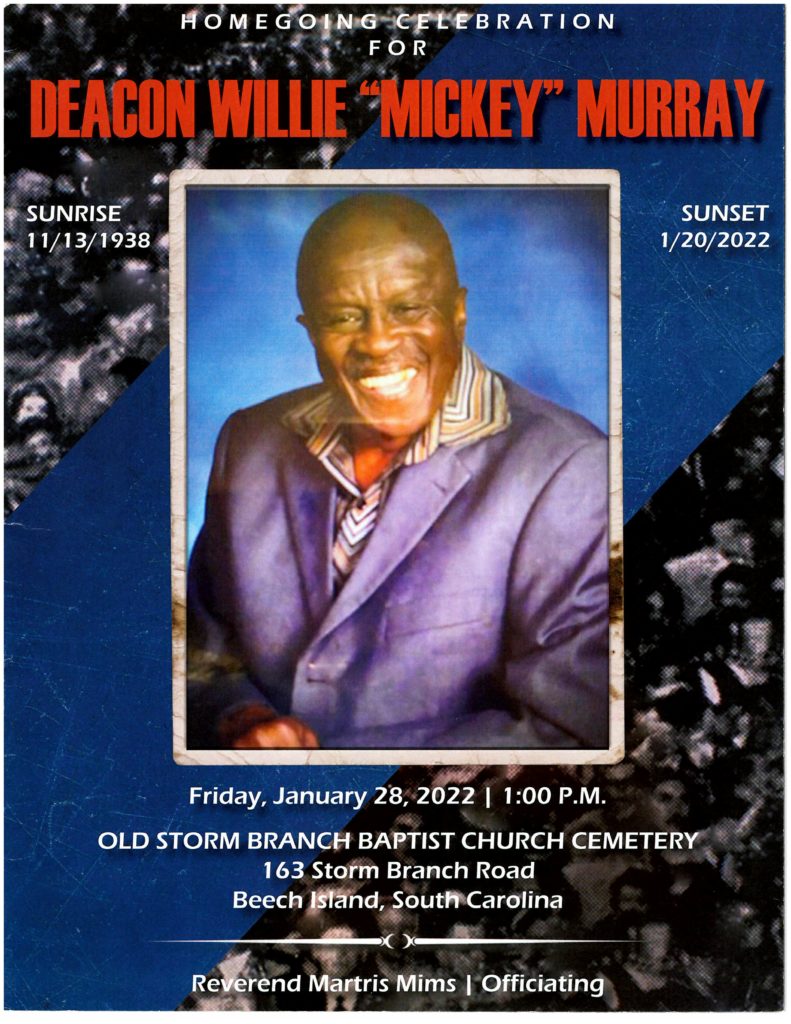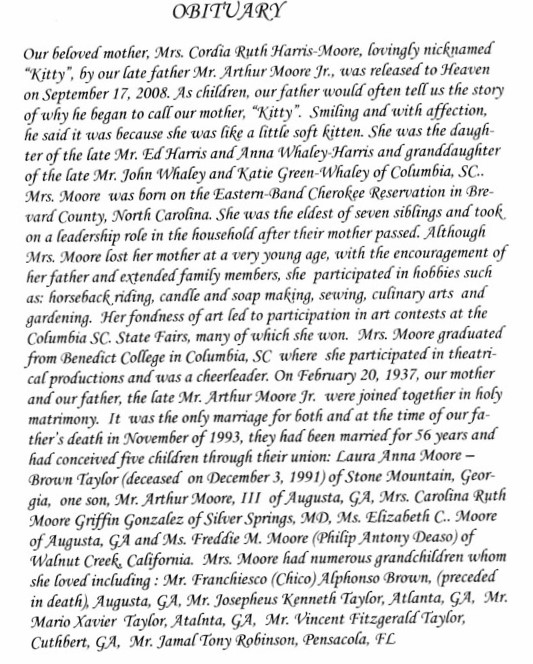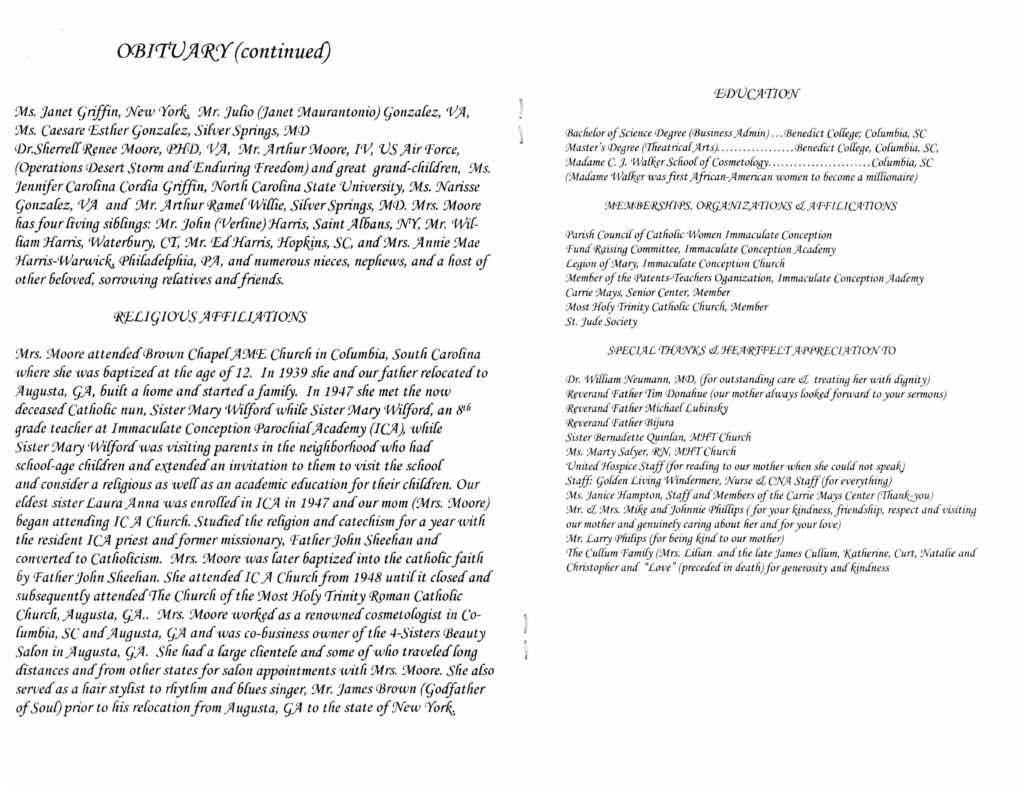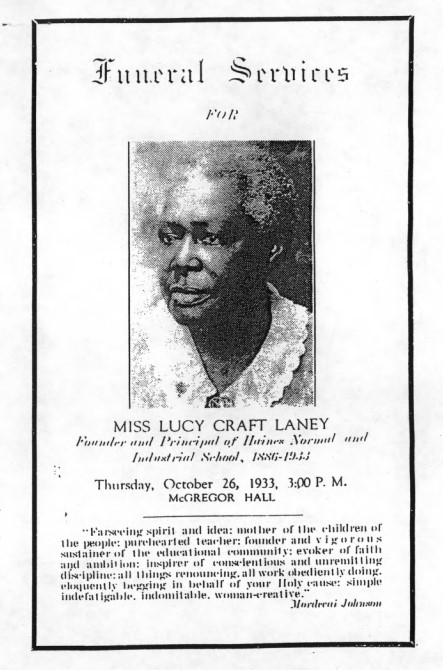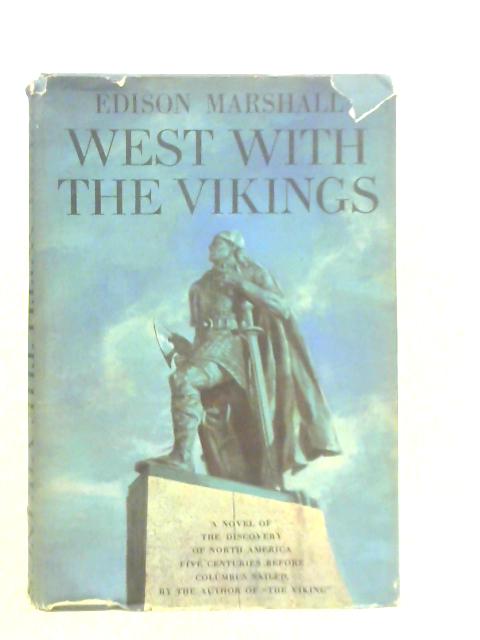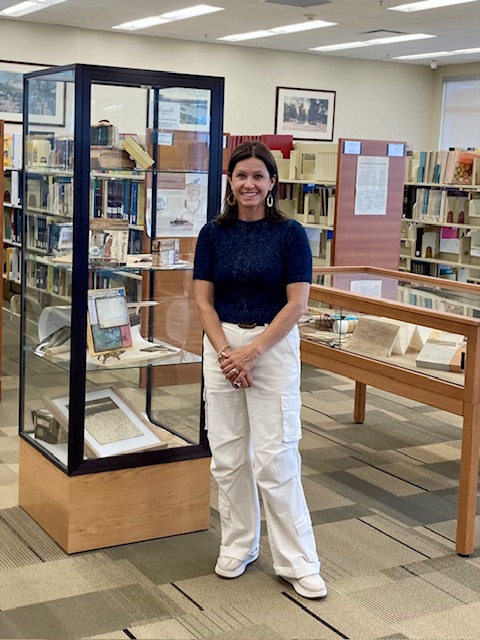Performances of The Nutcracker ballet have become at staple of the Augusta holiday season. This year Augustans could view magical productions at the Imperial with the Colton Ballet Company and at the Columbia County Performing Arts Center with the Augusta Ballet.
But let’s go back in time to the start of Augusta’s love affair with the Nutcracker as a holiday tradition. On November 18, 1971, the Augusta Civic Ballet put on its first production of The Nutcracker. The production was a huge undertaking, not only for the dancers, but all the people working behind the scenes to make the show go on. As an Augusta Chronicle article pointed out, the costumer, Mrs. David McKenny was responsible for altering all the costumes to fit the Augusta cast. That was surely a lot of work, doubly so as she had to undo all her work so that the borrowed costumes could be fitted for new dancers.
All that work paid off. The performance was described as “a dream of a show, a spectacle, fantasyland, dazzling, spirited, heartwarming and more…” This was the work of the Augusta Civic Ballet.
Formed in 1962, the Augusta Civic Ballet was hailed as a giant step in the cultural life of Augusta. The goals of the group were indeed high. The newly adopted mission statement promised to “present ballet programs of the highest quality for adults and children, to elevate the art of the regional performing dancer to the highest level possible, to provide a medium of expression for regional choreographers, and dancers and to stimulate interest in and support of ballet and ballet schools.”
This commitment to excellence infused productions of this classic ballet and led it to be part of a long holiday tradition viewed, many years by sold out audiences. In 1977 the Nutcracker was considered the Augusta Civic Ballet’s “gift to the city” By 1991, it was not “officially” Christmas in Augusta until the Nutcracker was performed by the award-winning Augusta Ballet
While every Nutcracker production was magical, some were more magical than others. Laura Yates, 22, was touched by the magic. By 1993, she had danced in 16 productions of The Nutcracker with the Augusta Ballet. Think how high emotions must have been backstage when Ron Colton, artistic director of the Augusta Ballet for 31 years, oversaw his last production of the famous creation. Could anything be more touching then watching cancer survivor Mike Anderson, late to ballet at 43, dance in the same production as his daughter Olivia? Samantha Pope and Ted Nobles will never forget that the ballet provided the magic for their engagement as Nobles proposed to his bride on stage during the cast’s second curtain call.
However, increased competition from other troupe’s productions spread the magic around and the Augusta Ballet, beset by other troubles, gave its last production in the 2005-2006 season. The 34-year-old tradition, responsible for the development of so many Augusta dancers and the delight of so many audiences, was at an end.



